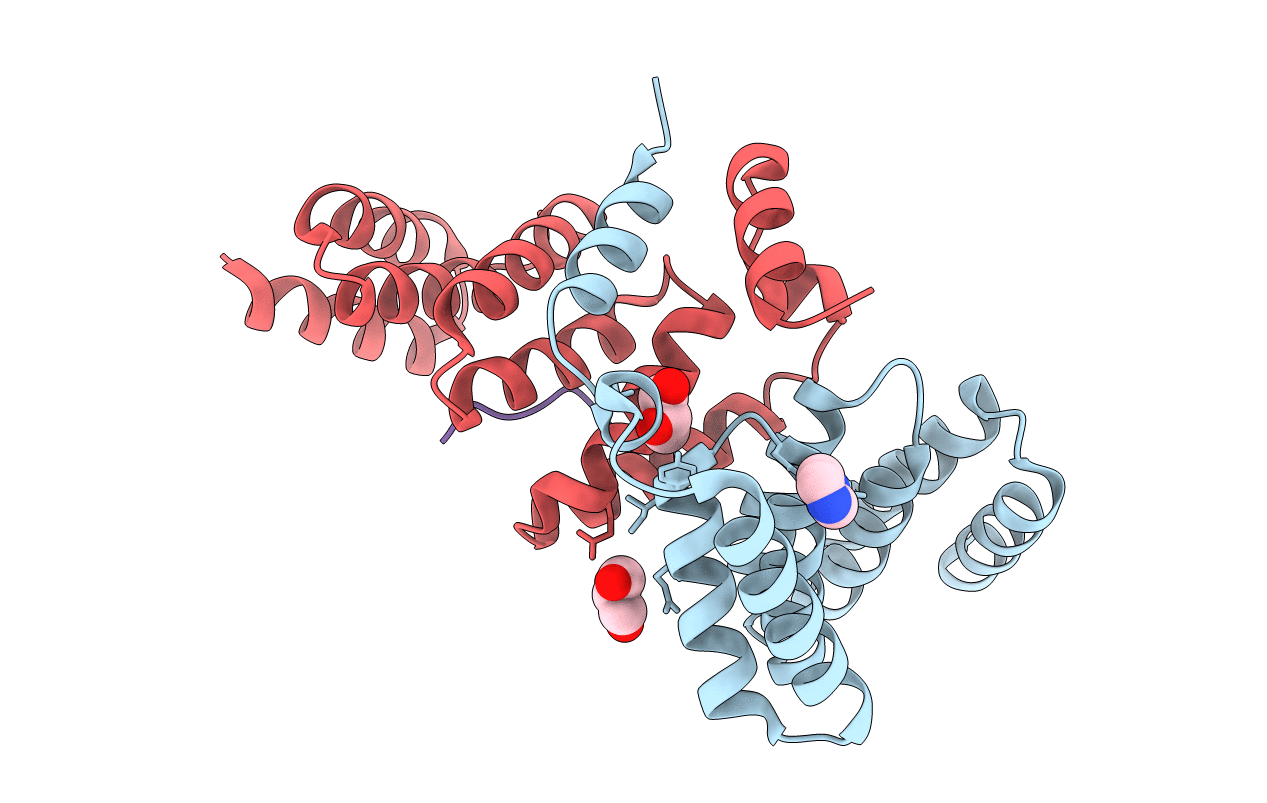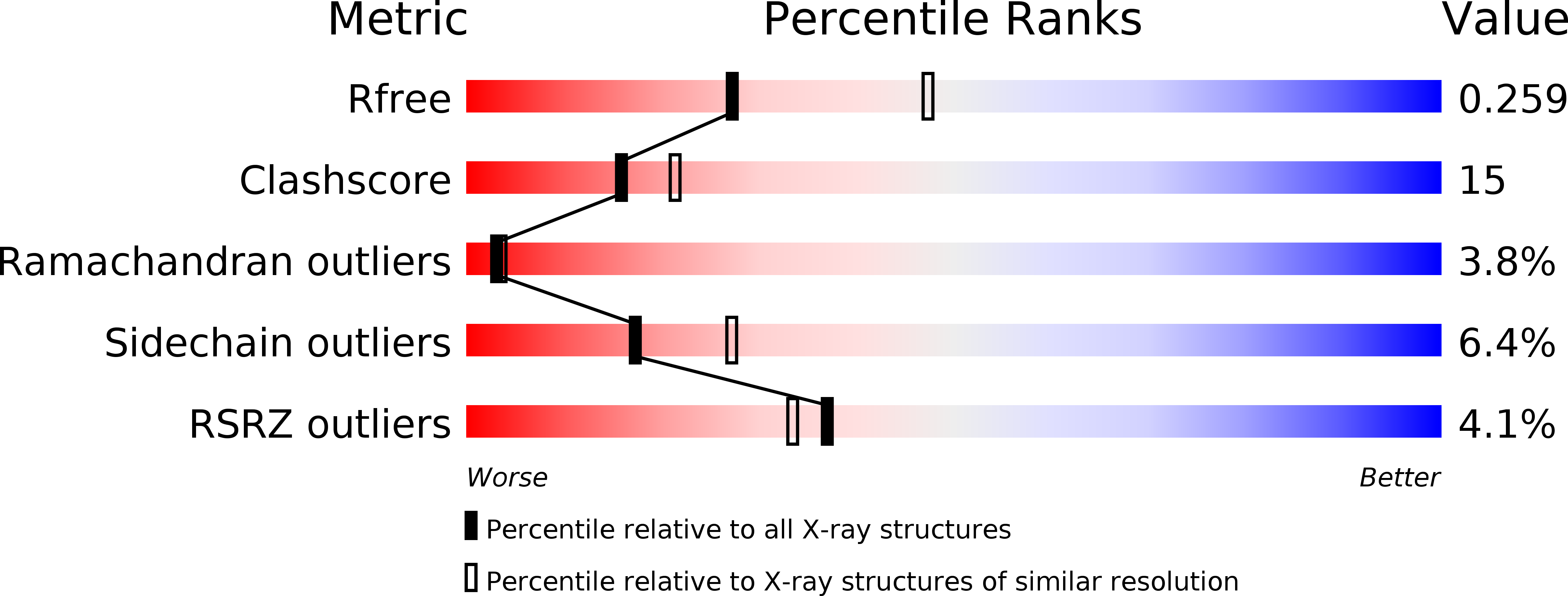
Deposition Date
2009-04-06
Release Date
2010-04-21
Last Version Date
2023-11-01
Method Details:
Experimental Method:
Resolution:
2.65 Å
R-Value Free:
0.27
R-Value Work:
0.23
R-Value Observed:
0.23
Space Group:
P 31 2 1


